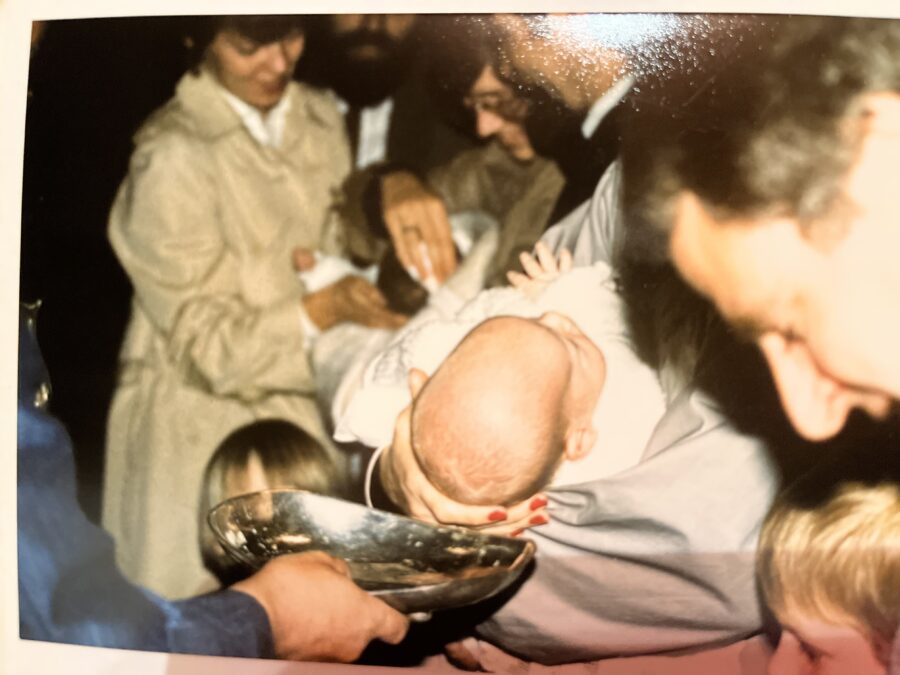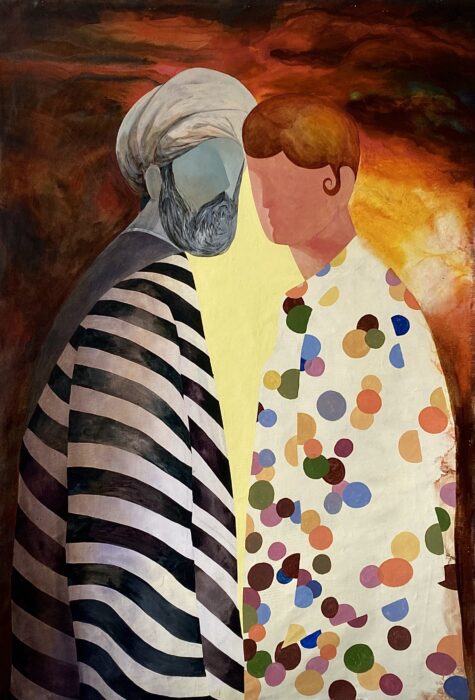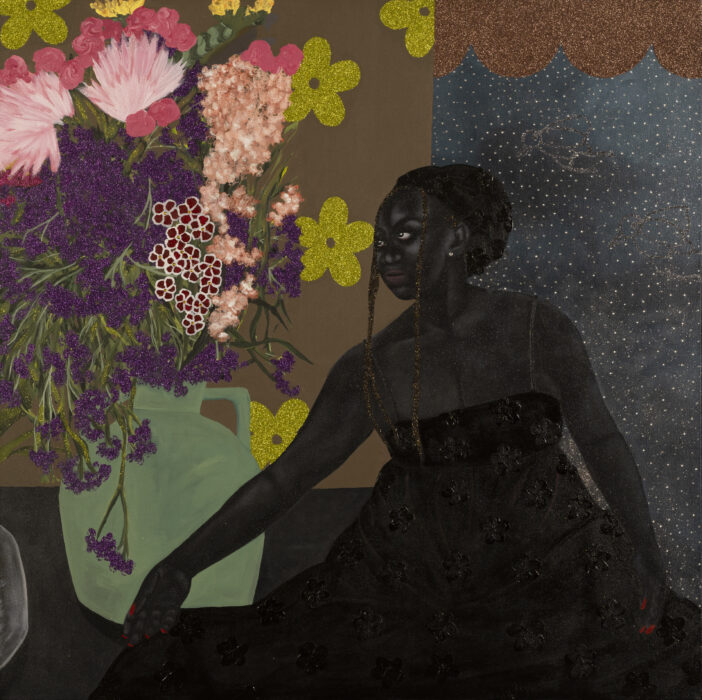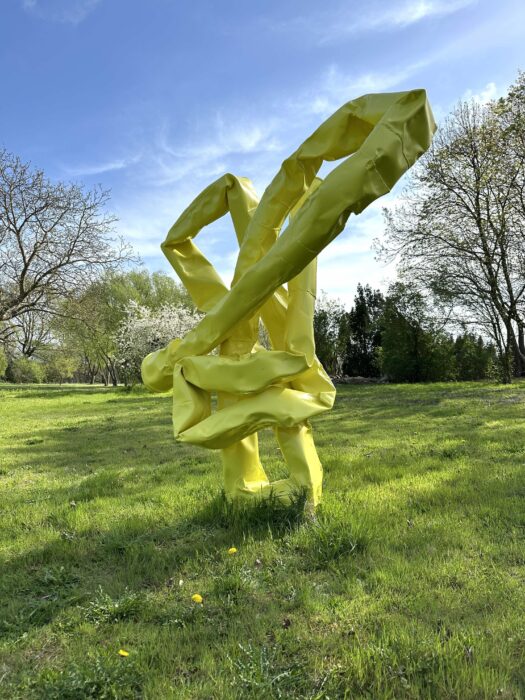berlin
Alex
Wissel

Katechon
kabinett
Pourea
Alimirzaee

Fingerprint / Ostorlab
cologne
Zandile
Tshabalala

Don’t Let Me Fall
meseberg
Anna
Fasshauer
